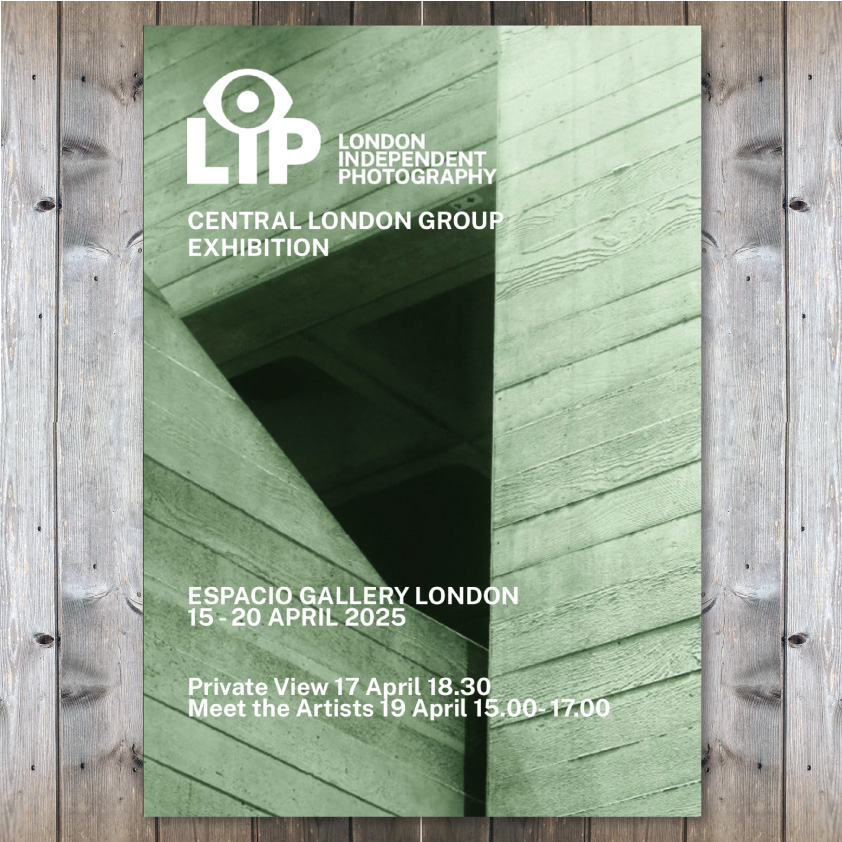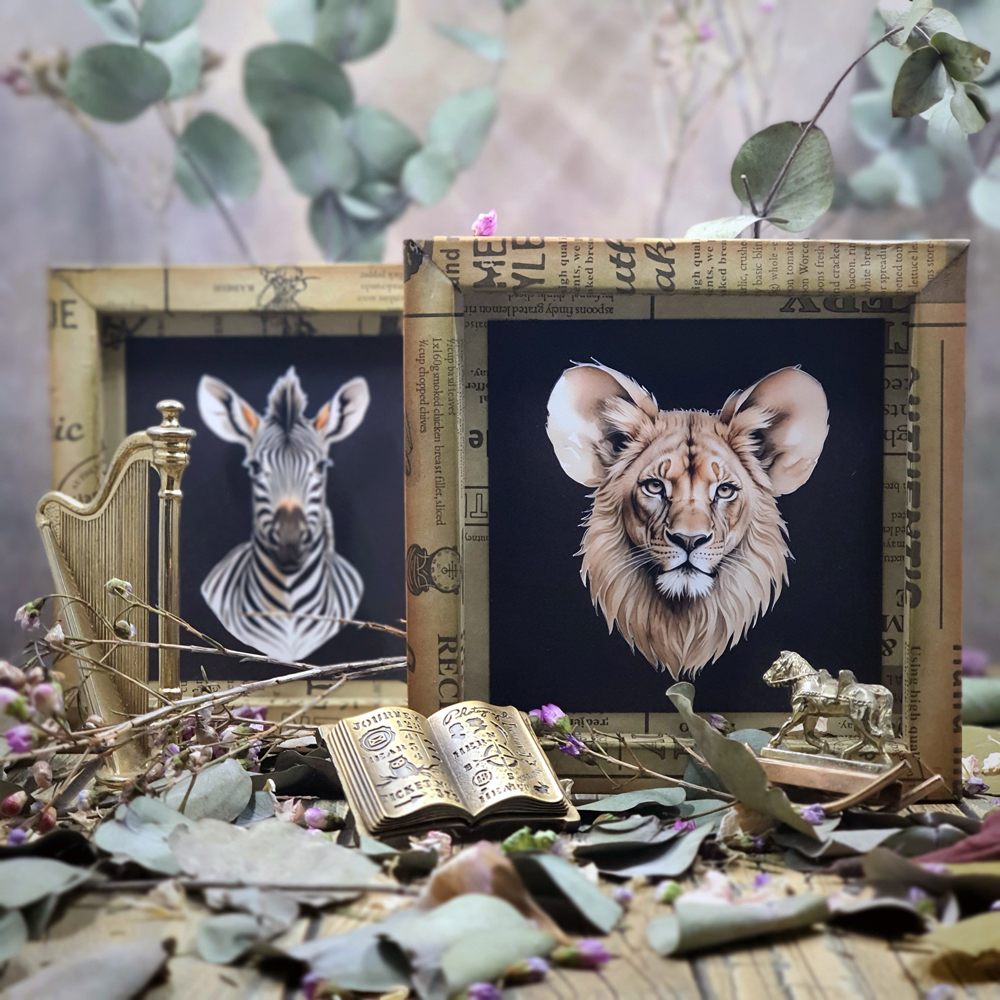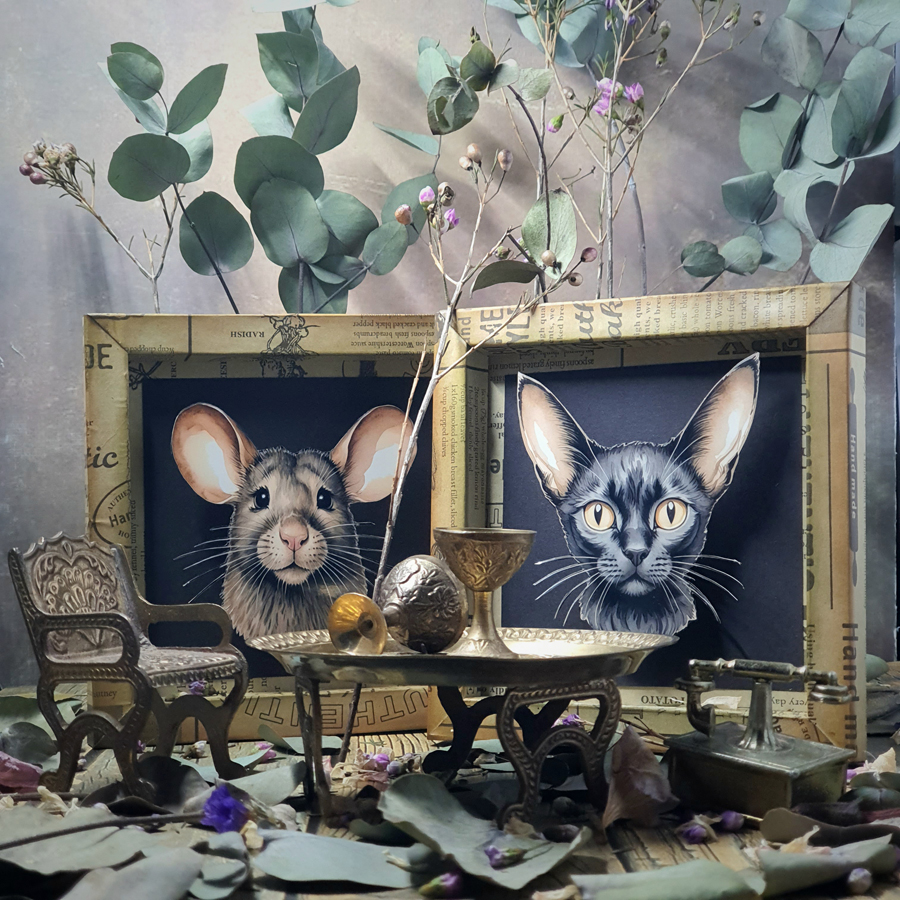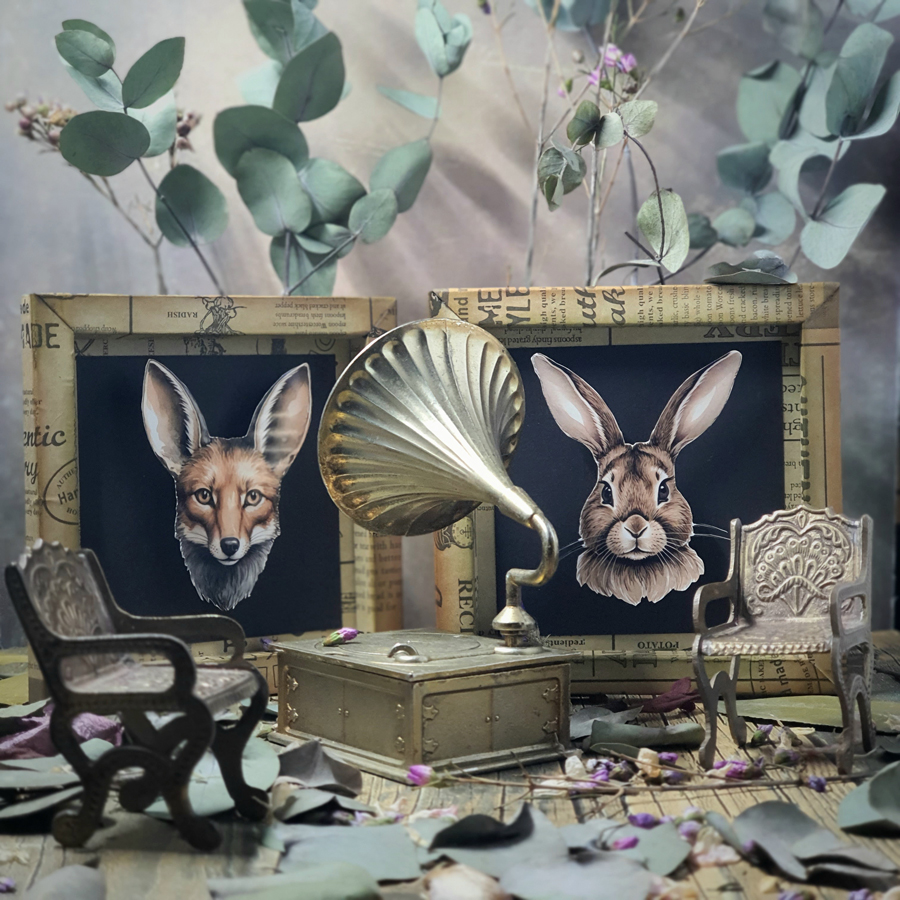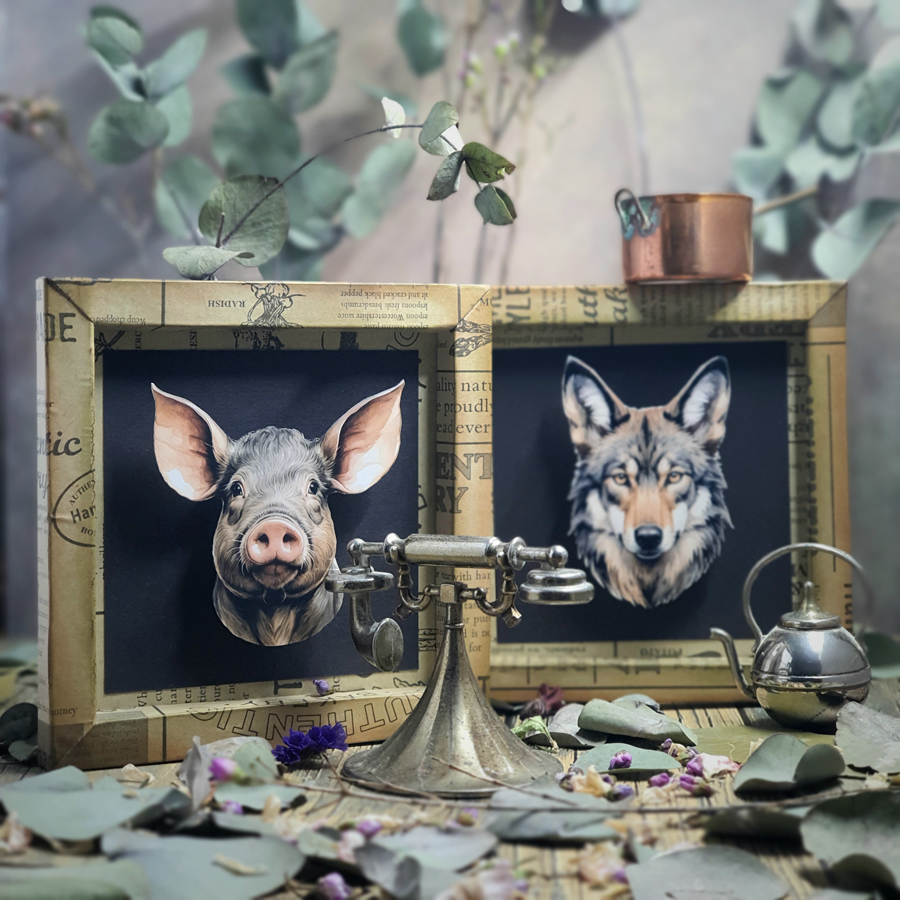The materials used in this project—paper, dried flowers, brass objects, handmade backdrops and floors for photography, as well as custom-built frames and cut-out animals—add texture and depth to each scene, grounding the work in a tangible, yet poetic reality.
These carefully chosen elements enhance the storytelling, creating an environment where time, memory, and change come together in a quiet conversation. Listen ultimately invites viewers to reflect on the unspoken stories of adaptation, the fragile balance of power, and the ways we navigate both conflict and transformation.
